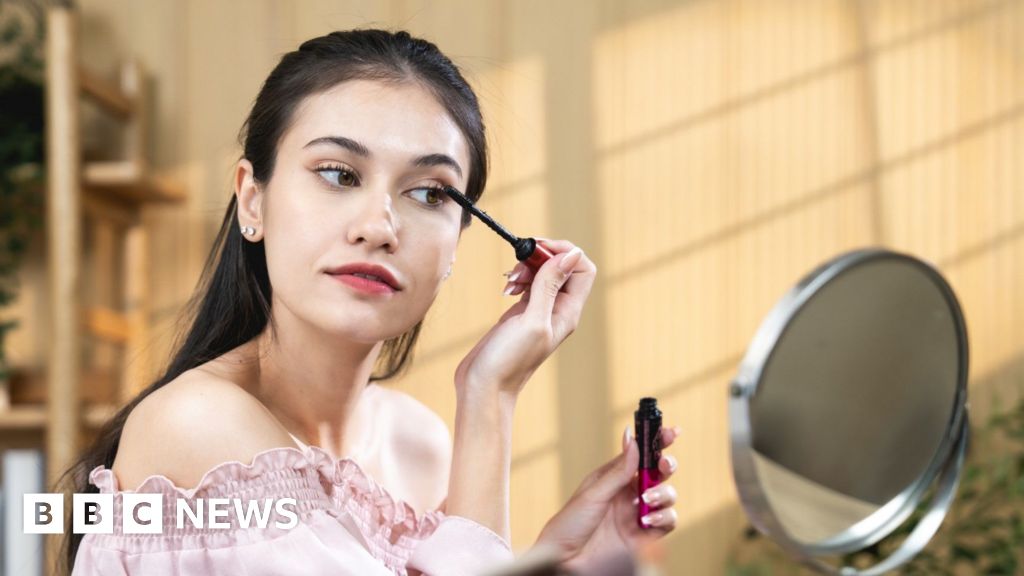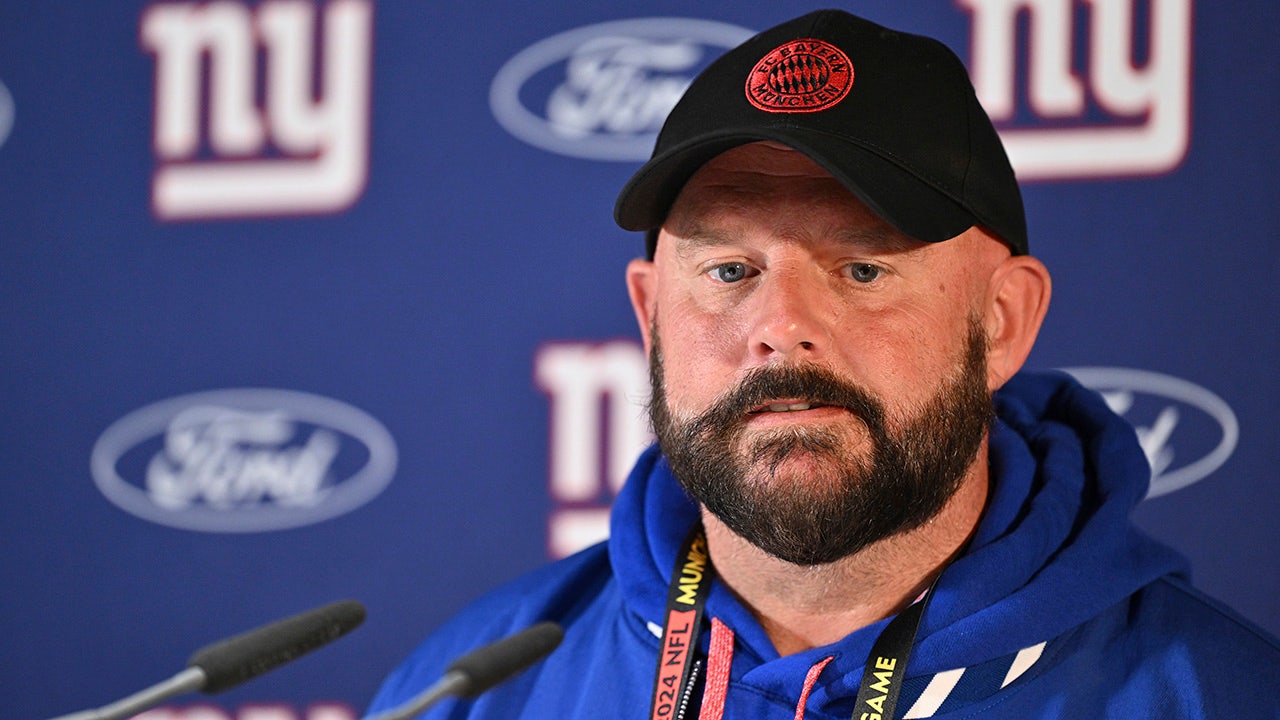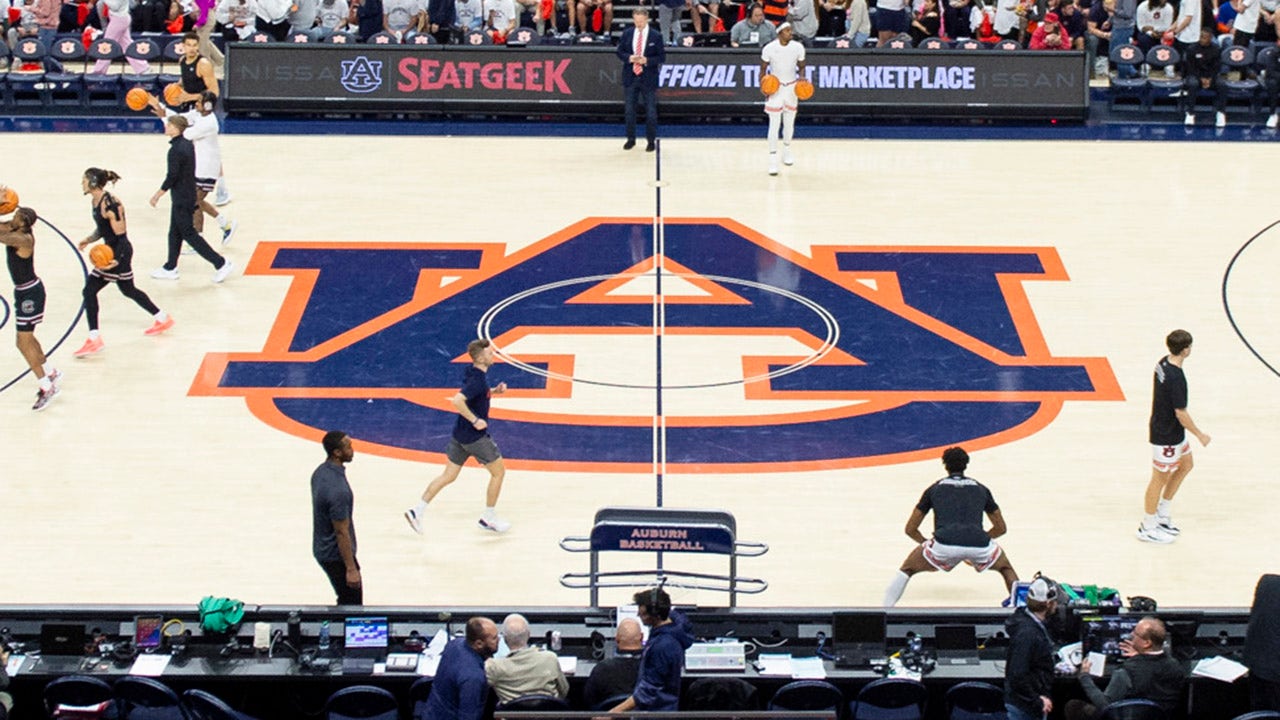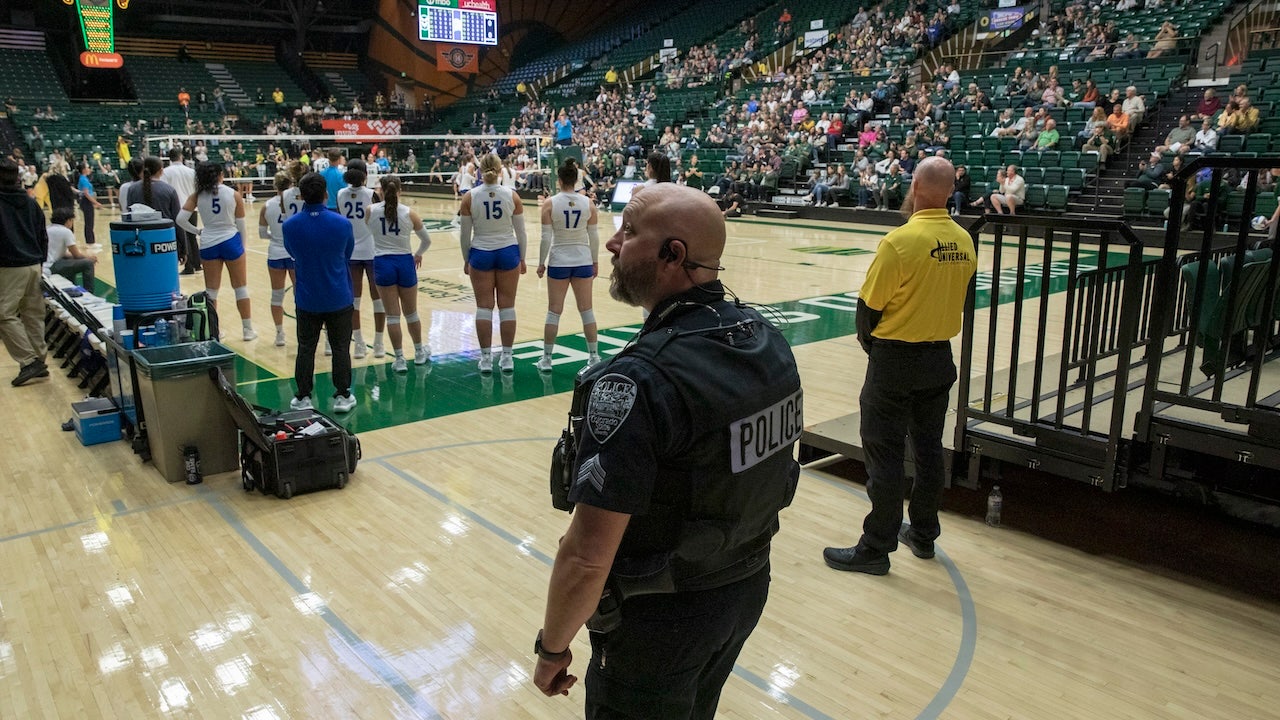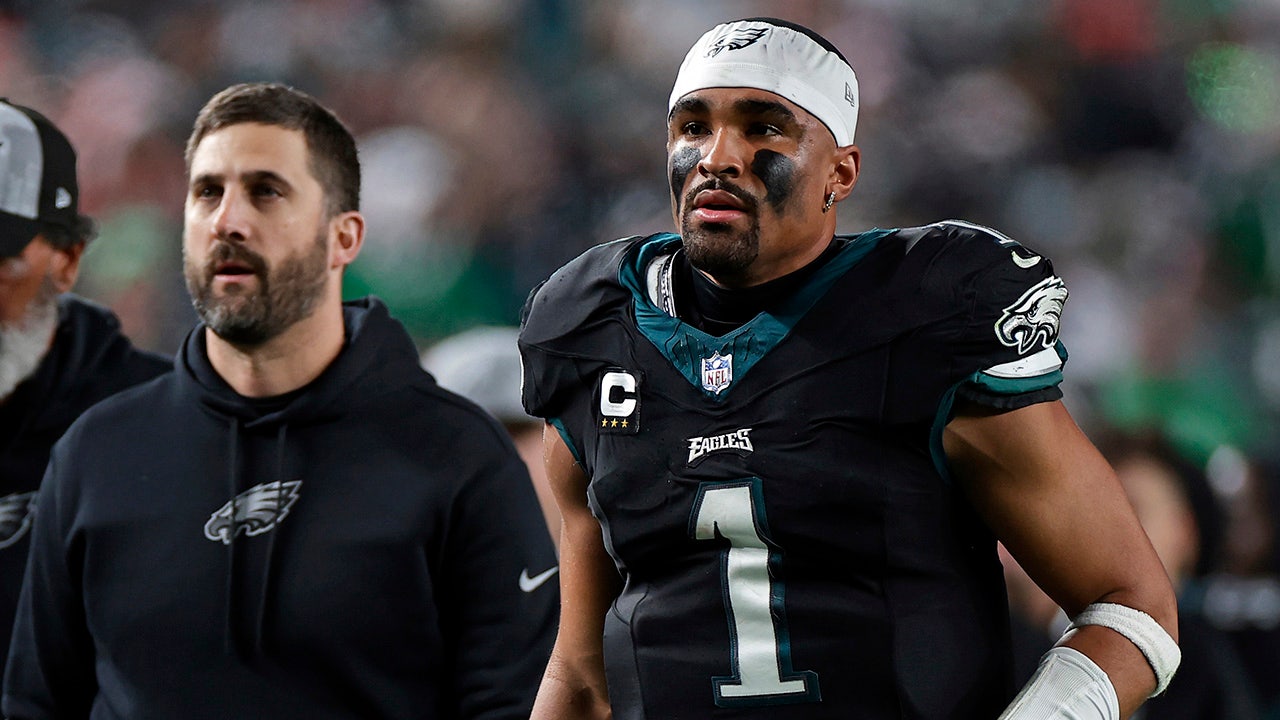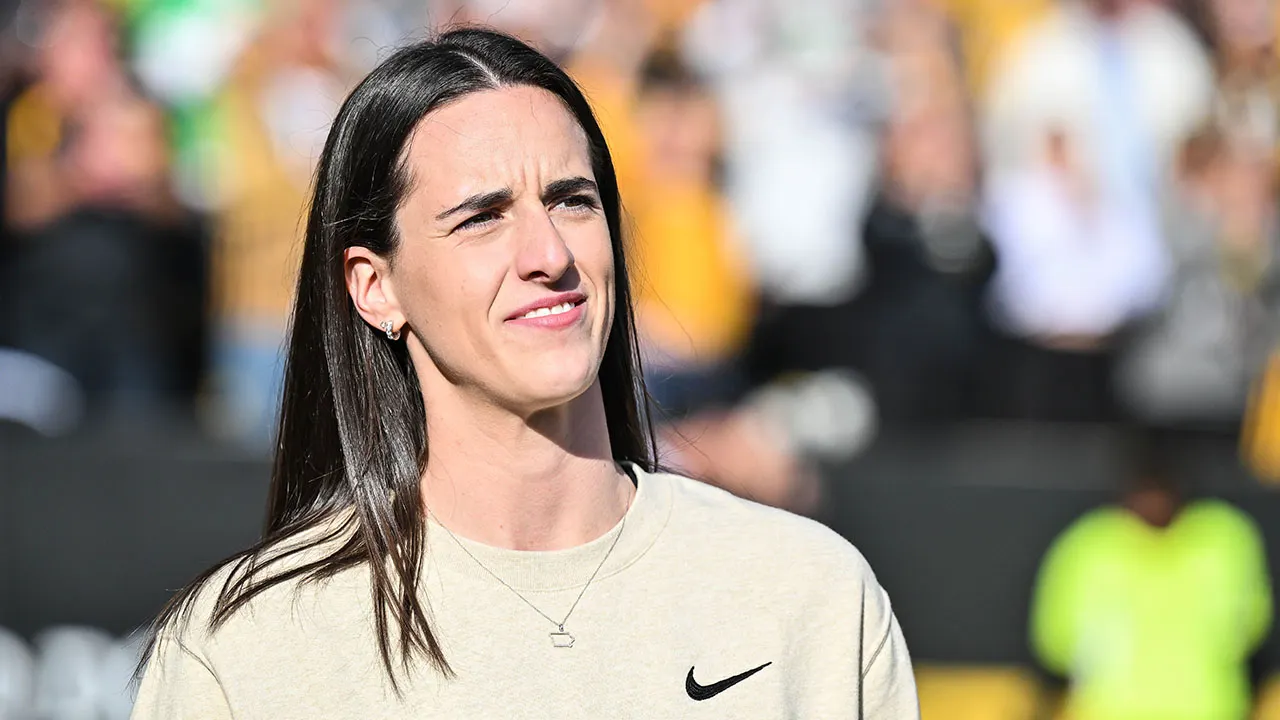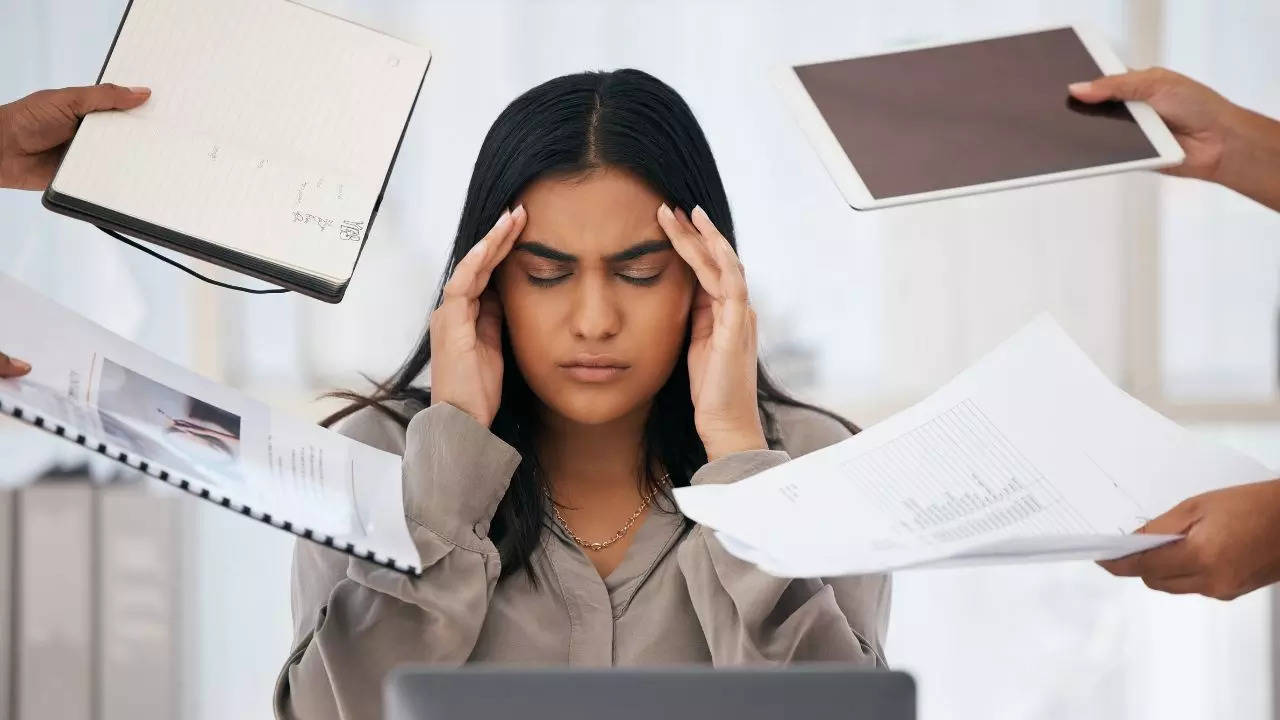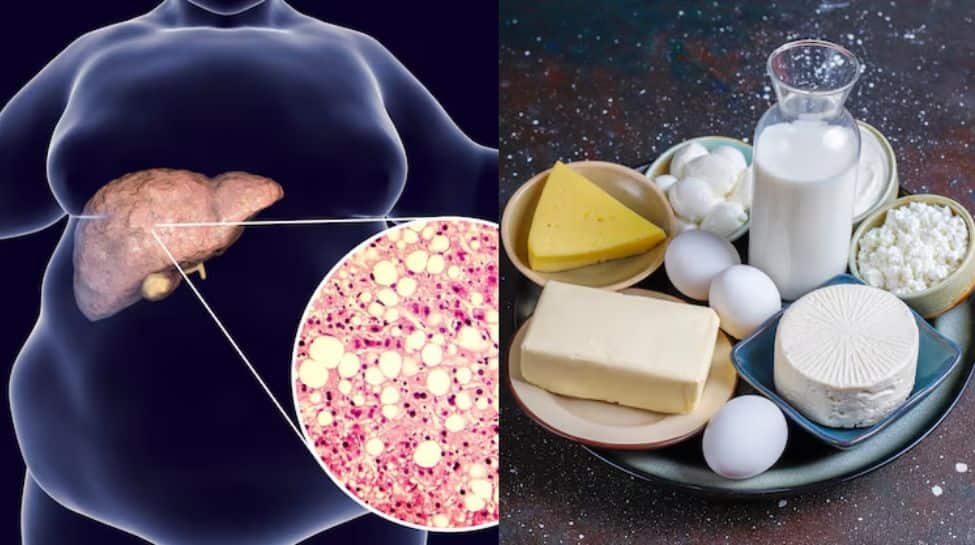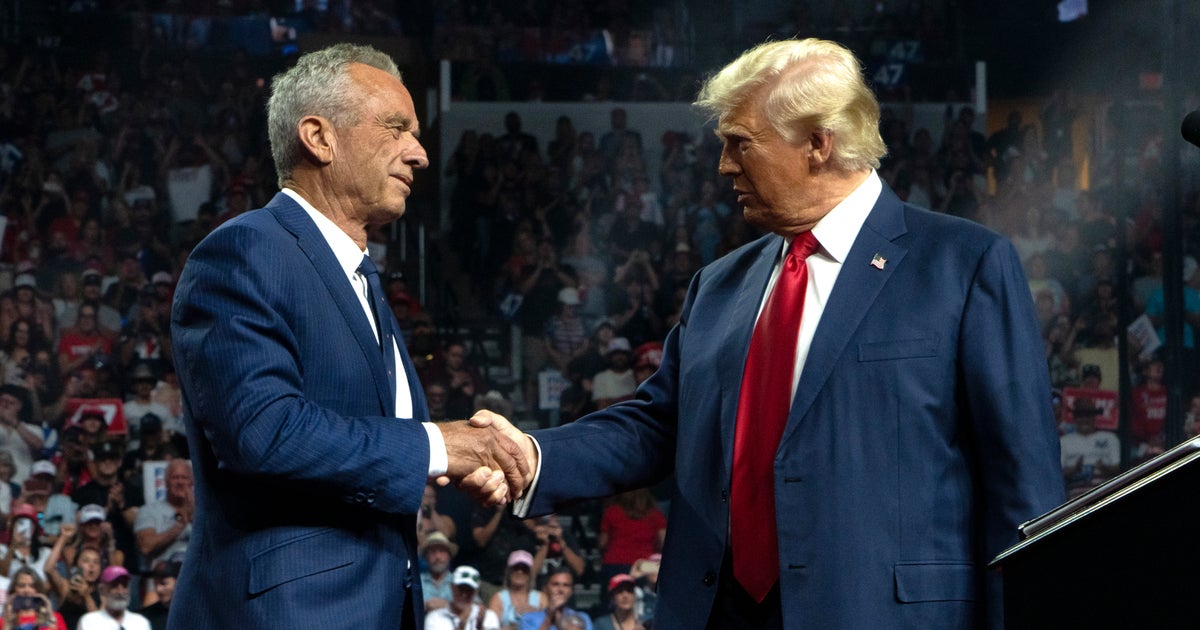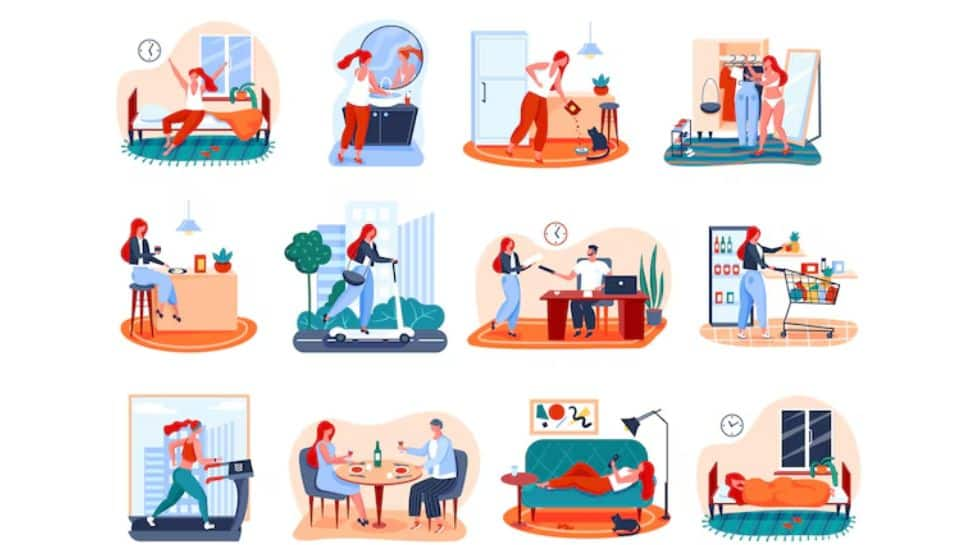Across the sea in co-host New Zealand, its national flag was joined by a black, red and white one, representing the Maori people, at the first match in Auckland/Tamaki Makaurau.
The flags make a stark contrast to the Australia and New Zealand national flags, which include the Union Jack in their top left corner — a symbol of the British colonial legacy in both countries.
For the first time, this World Cup FIFA has amended its normally strict match-day regulations to allow the flags of the Indigenous people of each nation to be flown at all venues, following a joint request by the Australian and New Zealand governments.
“These significant flags express a spirit of mutual respect, national identity, and recognition of Indigenous cultures for our hosts,” FIFA President Gianni Infantino said this month as he announced the decision.
In both countries, Indigenous cultures were repressed and sidelined by British colonizers, and the legacy of that persists to this day. Recognizing the cultures of First Nations peoples is part of an ongoing reckoning in both Australia and New Zealand.
Karen Menzies, an Indigenous former Matildas player who is now a social work academic, said she felt “enormous pride” to see Indigenous people recognized at a World Cup.
“This is just pure jubilation,” she said, in the hours before the Matildas’ first game of the cup, comparing 2023 with the discrimination and misogyny she experienced in female soccer’s early days in the mid-1980s.
Official World Cup documents will include English and First Nations place names, such as New Zealand/Aotearoa and Brisbane/Meanjin.
But some critics have accused FIFA of using Indigenous imagery and names for World Cup branding without any real commitment to building grass-roots soccer programs for Maori and First Nations people.
“It is time for football to move beyond symbolism to substantive support for Indigenous peoples everywhere,” the Australian Indigenous Football Council wrote in a letter to Infantino.
Here’s what to know about the decision to fly Indigenous flags at the 2023 Women’s World Cup:
What does the Aboriginal flag mean?
The Aboriginal flag featured in one of Australia’s most dearly held sporting moments: When Aboriginal sprinter Cathy Freeman won gold at the 2000 Sydney Olympics, she draped it around her shoulders in her celebratory lap of the track.
It features black for the people, on top of red earth, with the yellow sun at its center.
In an echo of Freeman — who defied Olympic rules to carry the Aboriginal flag — the Australian national women’s soccer team, the Matildas, posed with the Aboriginal flag for their pre-match team photo at the 2021 Tokyo Olympics.
Kyah Simon, an Aboriginal woman of the Anaiwan people and a Matildas forward, told reporters this month that flying the flag at the cup would put a proud culture on display.
“Every major tournament, my family’s come along and brought their own Aboriginal flag,” she said, according to the Australian Associated Press.
“I’m hoping that people that come from abroad can see that rich culture that we do have here and also be educated along the way.”
The Australian Aboriginal flag was designed by Harold Thomas, an Aboriginal artist from the Northern Territory, and emerged as a protest symbol in the 1970s.
It was on prominent display when Indigenous groups protested the 1982 Commonwealth Games in Australia in the inner-Sydney suburb of Redfern. It appeared on T-shirts, on flagpoles and spray-painted on broken-down cars. It was recognized alongside the Torres Strait Islander flag as an official flag of Australia in 1995.
And the Torres Strait Islands flag?
The people of the Torres Strait Islands have a culture that is related to, but distinct, from Aboriginal culture.
Their flag features two green and black stripes for the land and people, bordering a field of blue for the sea, behind a white headdress and five-pointed navigational star.
It was created by Bernard Namok of Thursday Island in 1992, when it was the winning design in a competition held as part of a cultural revival effort.
The flag was recognized a month later by the now-defunct Aboriginal and Torres Strait Islander Commission and given equal standing with the Aboriginal flag.
What about the Maori flag?
The idea of developing a national Maori flag first arose in the 1980s, inspired by the use of the Aboriginal flag in Australia, also as part of an Indigenous protest movement.
The Maori flag — designed by a group of Maori women artists — features the curling fern frond symbol known as the koru, symbolizing new life, renewal and hope for the future.
It is known as the “tino rangatiratanga” flag, meaning sovereignty, independence and autonomy.
“The tino rangatiratanga flag flying beside all the other flags is really special because it represents self-determination,” said Tamatha Paul, a young Maori activist and local city councilor in the capital, Wellington/Te Whanganui-a-Tara.
The flags “resonate with Indigenous players who don’t feel represented by the mainstream flags of their colonial settler governments,” said Paul, who helped lead Black Lives Matter marches in New Zealand in 2020 as part of a global reckoning in the wake of nationwide riots in the United States.
While it doesn’t have official status, it is flown together with the New Zealand flag on significant occasions.
It was first flown with the blessing of officials on the Auckland Harbour Bridge and a number of government buildings, including Parliament, on Waitangi Day, New Zealand’s national day, in 2010.
What’s the significance of flying First Nations flags?
“It’s very, very significant for Aboriginal Australia and also Maori in New Zealand that those flags are prominently displayed, recognized, and celebrated at the World Cup,” John Maynard, emeritus professor of Indigenous history at the University of Newcastle in Australia and a member of Football Australia’s National Indigenous Advisory Group.
First Nations community members had strongly advocated to FIFA for the flags to fly. “It’s the first time FIFA has bowed to that; to have Indigenous flags or any other flag other than national flags at a World Cup,” Maynard said.
FIFA has appointed an all-female advisory board of First Nations experts called the First Sisters of Country Whanau by Sea and Sky. (Whanau means “family” in Maori.)
Menzies, the former Matilda, was on the panel and said its existence was unprecedented for a FIFA World Cup. The flags were a “key issue,” she said.
“It was very important to us because we wanted to be a voice for our Indigenous communities and our Indigenous families,” she added. “Having the flag represents our voice at this international competition.”
Football Australia CEO James Johnson described the FIFA decision to allow all the official flags of Australia to fly as “an important moment for all Australians, particularly First Nations People.”
New Zealand Football Chief Executive Andrew Pragnell said that flying the Maori flag alongside the official country flag at the World Cup was “a powerful symbol” of the partnership between the government and Maori “that is the foundation of this country.”
Sport has long played an important role in highlighting First Nations cultures in both Australia and New Zealand.
New Zealand national teams are known for performing a haka, a ceremonial Maori war challenge, before matches; its men’s rugby team has been doing so for over a century.
While its neighbor’s two major domestic leagues, Australian rules football and rugby league, have experienced moments of racism, both have a yearly Indigenous round in which each team dons a special jersey designed by Indigenous artists.







